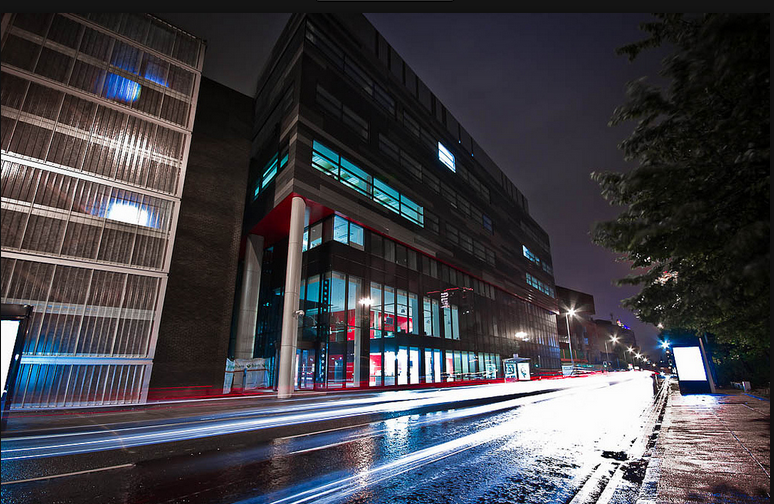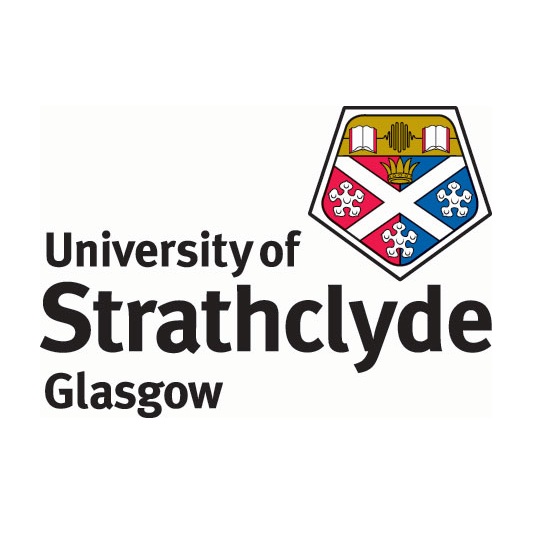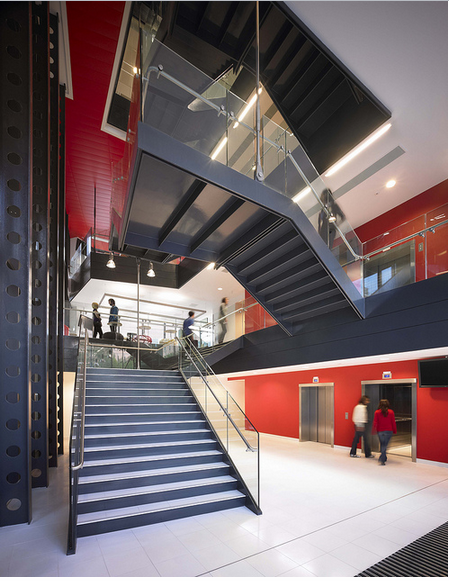Project Summary
Currently buildings consume around 40% of the total energy worldwide, with air conditioning accounting for around 60% of the energy delivered to the buildings. Post occupancy evaluations of many different types of buildings have shown that there are large gaps between the design and actual performance, and because energy performance ratings are not verified, designers’ focus and interest have been on design specifications that show or produce predictions for emissions which satisfy building regulations rather than the creation and maintenance of energy efficient buildings.
During this project the team set out to identify some of the reasons why there are energy deficits between design and actual performances of buildings via a case study building, to propose a methodology/process/procedure for improving on current building delivery process, which would also help bridge the gap between actual and design energy performance, making buildings more efficient when both performance (design and actual) are brought closer, and to test the proposed methodology/process/procedure.
Findings from POE indicate performance below expectations with regards to energy consumption and occupants’ comfort/satisfaction. It was also established through interviews with the mechanical and electrical consultants and the estate services that there were issues with scheduling and operation of the building, which resulted in the building’s underperformance.
Scenario questions like “What if there was an agreement for seasonal commissioning?”, “What if there was contractual agreement for an extended after care, so that operation of plants and HVAC systems goes on smoothly, while the client is given an extensive training?”, “What if the client was made to understand the system that was being designed, at the beginning, from the design stage; in a virtual way?” or “What if the client was able to model the building [in dynamic simulation environment], its systems and controls as they were intended to be built and then use this as a living model that grows and changes as the process progressed, thereby enabling the client to compare current performance to some base case (benchmark)?” were considered.
These prompted considerations of dynamic building simulation as a viable support tool for early design decisions and system selection, as well as for commissioning, fault identification and performance monitoring. It was also considered vital to look into the merit of the case study building delivery processes, vis-à-vis, the RIBA and Soft Landings (a new framework based on the RIBA building design and delivery process).
It was established that Soft Landings, although an improvement on RIBA, appears resigned to the fact that buildings cannot be delivered to perform efficiently “out of the box”. Rather than advocating the delivery of a finished well performing building, Soft Landings appears to make a case for an aftercare period, paid for by the client, in an attempt to improve building energy performance.
Consequently, a process/methodology for improving on the current building delivery process, B.E.2 has been proposed. The methodology entails incorporating dynamic iterative simulation of building model for system selection, operation and scheduling into the Soft Landings framework with focus on both performance and ratings.
This process aims to help bridge the gap between actual and design energy performance of buildings through the use of iterative simulations of the building in both the design and aftercare stages. This process will help make buildings become more efficient as actual performance could be brought closer to design intent.
To test the methodology, two poorly performing zones in the case study building were selected (the office spaces and the teaching labs) for detailed dynamic simulation and analysis. In doing so, the team was able to show that effective simulation can be deployed to identify ways to improve building performance, saving money for the owner and operator while improving thermal comfort and reducing CO2 footprint.
Results from the test show that effective simulation can help improve upon performance efficiency of buildings and save money for the building owner and operator while increasing thermal comfort.



